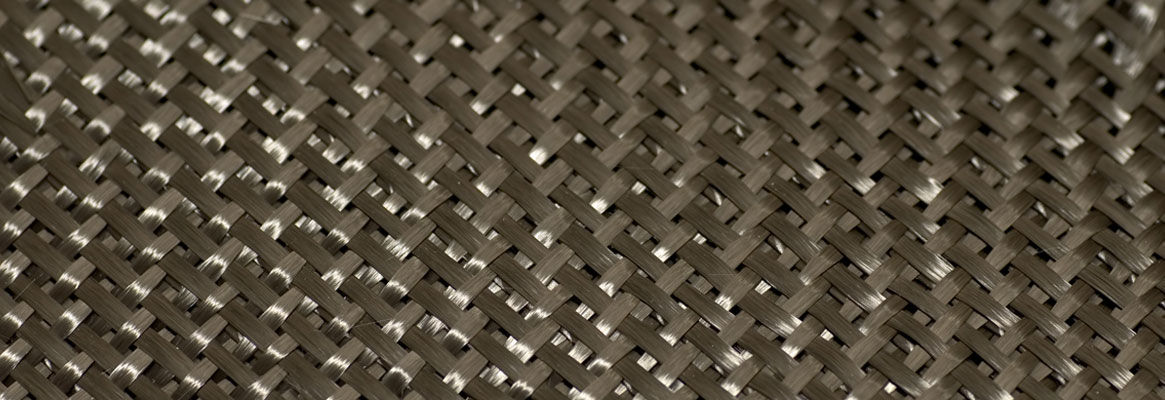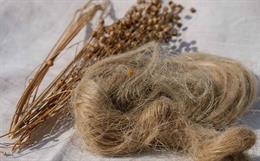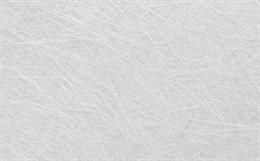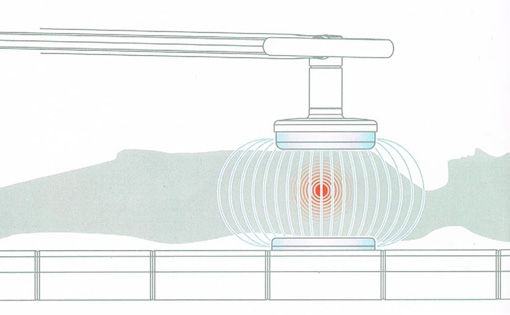Heat resistant fabrics are usedin fields of high-tech applications where exceptional strength is required. In industrieslike metal, aluminum and steel, workers are frequently exposed to heavy moltenmetal splashes. Hence flame resistant garments are worn over the secondarygarments. They are also used in the uniforms of fire fighters, and asprotective clothing. These fabrics are prepared with warp yarns consisting of ablend of cotton, nylon and heat resistant fibres.
Types of Heat ResistantFibres:
Aramids:
Aramids are strong syntheticfibres, belonging to the family of nylons. They are polyamides obtained fromaromatic amines and acids. Used as an asbestos substitute, aramid fibres posses'excellent heat resistant capacity, as it neither melts nor ignites in normallevel of oxygen. Aramid yarns are an answer to the prayers of many military soldiersinvolved in dicey combat operations. Extremely resistant to fire, even upto 500°C,they secure the body from getting burned.
Para-aramids are one of the bestknown high-performance fibres. They posses high impact resistance and hence areused in high-tech applications like aerospace, military applications, punctureresistant bicycle tires, and in making bullet proof amours. For industries thatdo not require much tensile strength, aramids are blended with other fibres.
Carbon Fibres(Polyacroylonitrile and Pitch based):
Carbon fibres are made bycarbonization of precursor fibres based on pitch, polyacrylonitrile (PAN) orrayon. They consist of extremely thin fibres of about 0.005-0.010 mm indiameter and mostly composed of carbon atoms. Carbon fibres posses qualities ofhigh tensile strength, less weight, and thermal expansion, which makes itpopular for making garments used in aerospace, military, motorsports and civilengineering.
Carbon Precursor Fibres:
Carbon precursor fibre is a flameretardant fibre made from pyrolytic carbonization of a modified acrylic fibre. They are partially carbonized fibres which change into carbon or graphite fibre under carbonization in a static atmosphere at high temperature. As carbon cannot be shaped into fibre form, they are made by extrusion of precursor material into filaments, followed by a carbonization process, converting the filaments into carbon. Different precursors and carbon filaments are used, depending on the product properties required.
These fibres are very weak innature and lacks abrasion resistance; it is usually blended with para aramidfibres in a 50-50 proportion to make it strong and durable. Due to itsdifficulty in processing, the precursor fibres are converted into fabric form,and then carbonized to make the end product. Rayon and acrylic are commonprecursors for carbon fibres.
Poly-phenylenebenzo-bisoxazole (PBO):
PBO fibres are a new entry intoperformance fibres market. They posses exceptional ignition resistance, lowheat release rate, and very less smoke emission. It has high tensile strengthand thermal properties two times more than aramid fibres. Fabrics made fromthese fibres exhibit good dimensional stability, and low shrinkage under hightemperature treatments. These fibres can be used as electronic insulationmaterial, military and aerospace applications. However, applications of PBOfibres are still at the budding stage in the textile industry.
Glass fibres:
Glass is an inorganic, and the oldest of performance fibres. They are the first man made fibre, with the techniques of heating and drawing glass into fine fibres practiced for thousands of years. Despite its existence and usage, their application in the textile industry is very recent. It is widely used as insulation material in homes such as glass batts, and in industries as insulation in mats. Normally, silicon dioxide, calcium oxide, baron oxide, and aluminum oxide are used to make glass fibres.
Glass fibres do not absorb dirt, does not shrink or swell, and is not affected by sunlight while other fibres get weak and bleached. Certain glass fibres resist heat upto 7200°C. Glass fibres are used for reinforcing electrical insulation, home furnishings, making apparels and garments, and reinforced plastics.
Polybenzimidazole (PBI):
Polybenzimidazole (PBI) is a fibre which has a very high melting point and does not readily ignite, due to its exceptional chemical and thermal stability. The fibre consists of conjugated aromatic structures that produce a high level of thermal resistance. The structure of the polymer further increases the ability. PBI fibres are used in high performance protective garments such as firefighter turnout coats, aircraft wall fabrics, astronaut space suits, protective gloves, race driver suit, welders apparel, and braided packing.
The fibre blends well with other fibres such are aramids and carbon and is used in most of the textile equipments. PBI fibres impart an orange hue which cannot be removed through bleaching. It also tends to be very expensive both in terms of raw material, and manufacturing costs.
Melamine:
Melamine fibre is a synthetic polymer composed of 50% by weight of a cross-linked melamine polymer. Due to the cross linked structure, and low thermal conductivity of the melamine resin, these fibres posses high stability. It displays inherent thermal resistance and heat blocking abilities in direct flame applications. The fibre has variable denier and staple length, less tensile strength and is difficult to process. Due to this, it is generally blended with stronger fibres such as aramids.
There are still many other heat resistant fibres available, which offer numerous advantages over traditional methods. High tensile strength, light weight, and flame retardant abilities are some prominent features of these fibres. They have a lucrative future especially in the field of protective clothing. The field will bring new opportunities for high performance fibres and create a new line of products.
References:
- "High Temperature Resistant Fibers", Textile Excellence, Vol 6, No: 16, February 16-28, 2009.
- &sec=article&uinfo=<%=server.URLEncode(1771)%>" target="_blank">http://www.fibersource.com
- &sec=article&uinfo=<%=server.URLEncode(1771)%>" target="_blank">http://en.wikipedia.org
- &sec=article&uinfo=<%=server.URLEncode(1771)%>" target="_blank">http://www.intexa.com
- &sec=article&uinfo=<%=server.URLEncode(1771)%>" target="_blank">http://pslc.ws/







